
The city of Cincinnati has found itself at the epicenter of a national debate following a brutal downtown brawl that spiraled into a viral phenomenon. This incident, occurring in the early hours of Saturday, July 26, left six people injured and led to a complex legal and social aftermath, drawing scrutiny from local officials, national politicians, and the public alike. The unfolding narrative has been shaped by bystander videos, police body camera footage, and conflicting accounts, highlighting deep-seated tensions.
The street violence, captured and widely shared online, quickly transcended a mere public disturbance. It ignited a broader conversation about urban safety, police presence, and the delicate dynamics of race within American communities. As suspects face court proceedings, the intricacies of the law are being tested against a backdrop of heightened public emotion and diverse interpretations of what truly transpired. This incident serves as a stark reminder of how quickly local events can escalate into national firestorms, challenging perceptions and demanding accountability.
This comprehensive examination delves into the initial moments of the brawl, the immediate official responses, the harrowing experiences of those directly affected, and the initial legal steps taken against the accused. It seeks to unravel the layers of information, from raw footage to courtroom testimonies, providing an objective account of the events that have reshaped public discourse in Cincinnati and beyond.
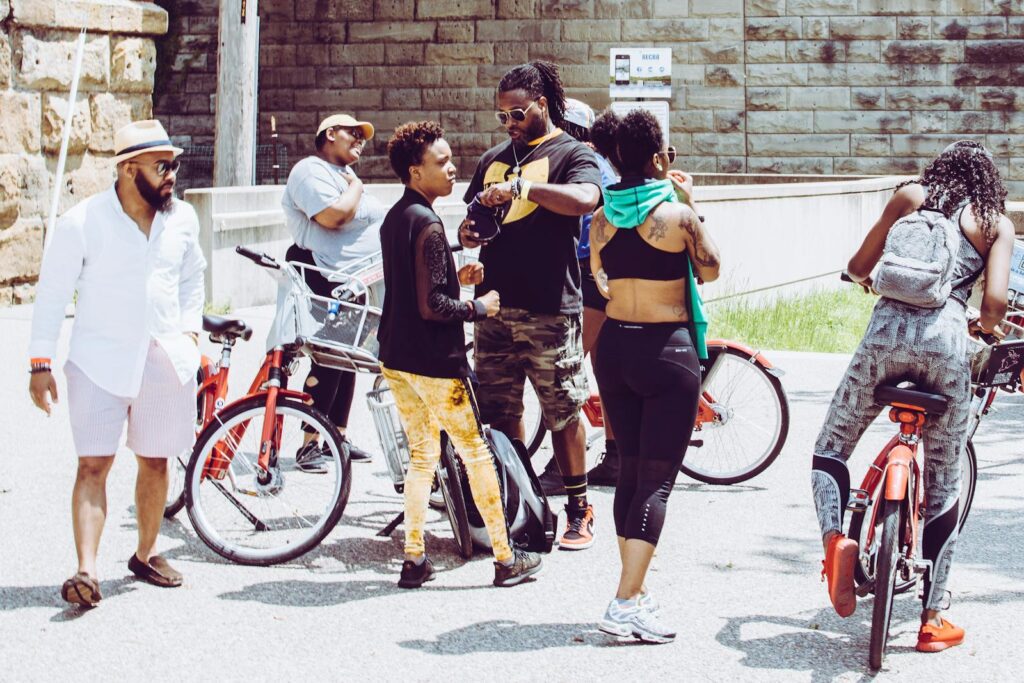
1. **The Viral Outbreak: What the Initial Videos Showed.**The catalyst for national attention on Cincinnati was the rapid dissemination of bystander videos depicting a violent street altercation. These clips, posted on Facebook on July 27, captured graphic scenes of individuals being violently thrown to the ground, repeatedly kicked, and punched. The brutality sparked immediate outrage, forcing local leaders to address the incident, which occurred around 3 a.m. on July 26 at Fourth and Elm streets.
One video shows a man repeatedly yelling racial slurs before being violently assaulted, introducing a racial dimension. Another segment depicts a group striking a man until he falls, continuing to punch and kick him. A subsequent clip shows another man punching a woman, causing her to fall motionless. These harrowing images profoundly impacted viewers and fueled the urgency of the official response.
Witness Jay Black described seeing “people kind of scuffling,” then observing “the so-called victims being pretty aggressive toward the group of people that were already standing out there.” He recounted watching the man get knocked down, then getting up and continuing to fight while using racial slurs. Black noted many people were trying to break up the fight.
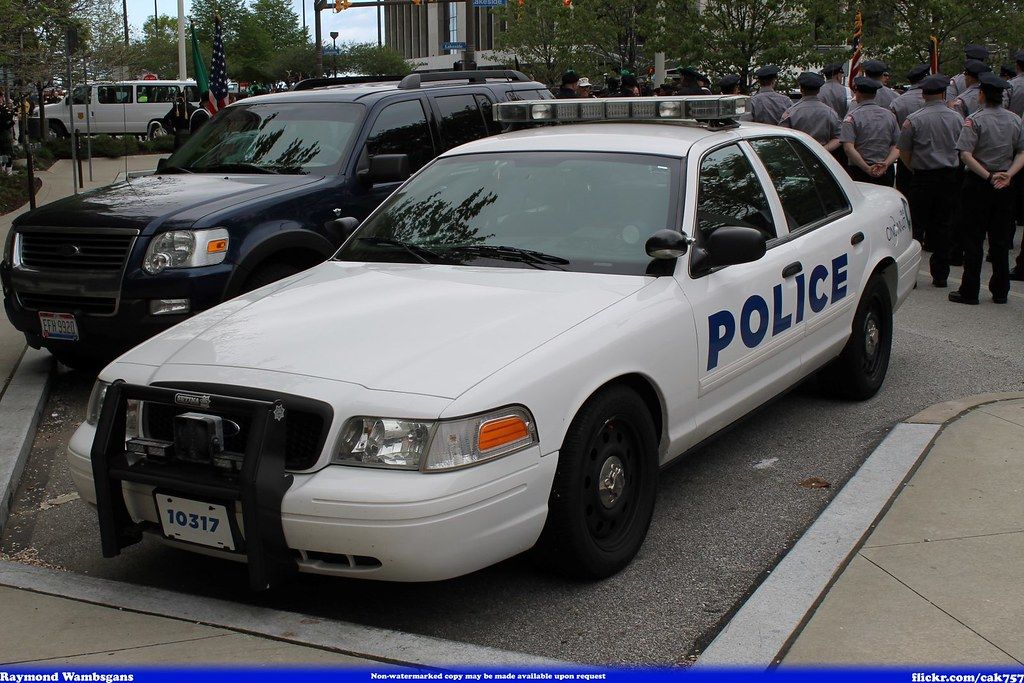
2. **First Responders on Scene: The Immediate Aftermath and Single 911 Call.**Cincinnati Police Department officers arrived at approximately 3:25 a.m. on Saturday, July 26, following a lone 911 call. Body camera footage captured the immediate aftermath, showing officers engaging with injured parties and witnesses. One 62-year-old man told an officer, “I’m 62 years old. I was attacked. I got attacked by multiple people.” He added, “It just got out of the bar and it just got crazy… I got side-punched. It wasn’t a fair fight at all.”
Another officer’s body camera video recorded a female officer inquiring if the “argument was about wings,” as individuals were seen disputing food at a truck. A man replied, “I heard it was the one white guy who called the guy a n—–,” when asked about the altercation’s cause. Chief Theresa Theetge later revealed that despite approximately 100 individuals present, only one person called 911, stating, “That is unacceptable to not call the police.
The police chief defended the officers’ response time, noting the single 911 call at 3:06 a.m. and arrival six minutes later at 3:12 a.m., despite gridlock traffic from major events. Theetge stated the fight had largely dispersed by arrival, though injured parties remained. This complicated the initial assessment.
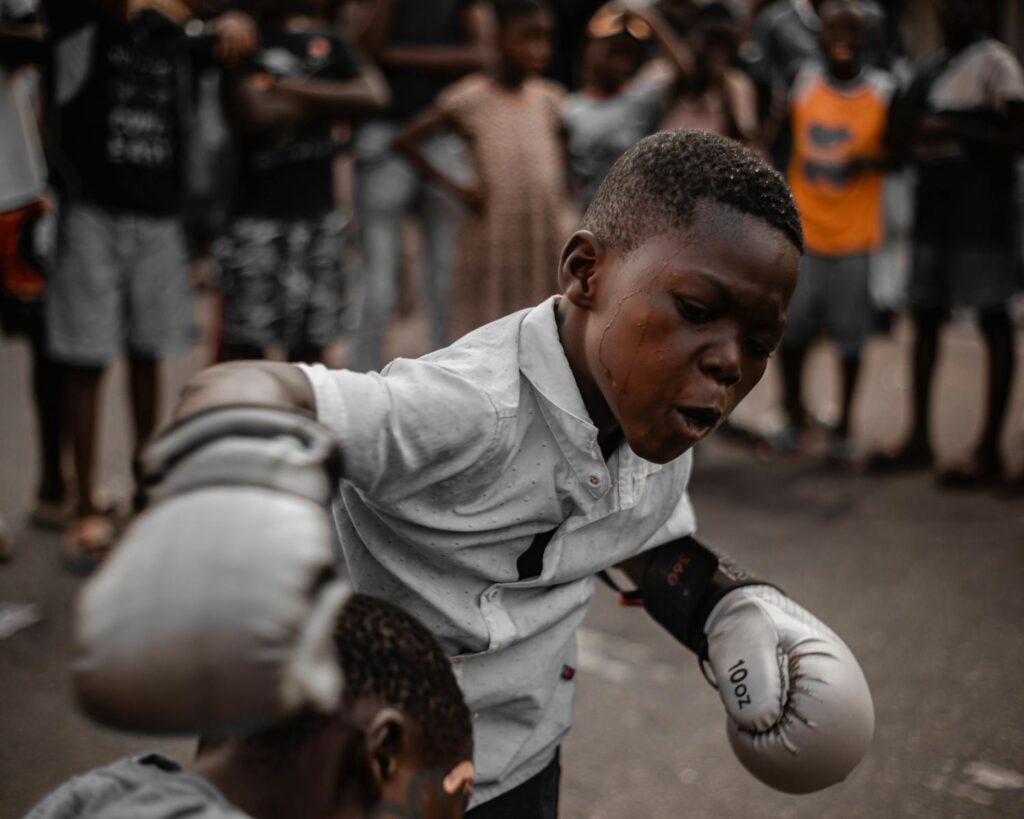
3. **The Victims Speak: Narratives of Terror and Life-Altering Injuries.**The brutal nature of the brawl is starkly illustrated by the accounts of those directly harmed. One victim, identified as Holly, was seen in footage being violently slammed to the ground and knocked unconscious while attempting to intervene. Her personal testimony paints a vivid picture of the terror. I remember being afraid, terrified,” Holly told Fox News Digital. I just remember my life flashing before my eyes, and all I can think is, ‘Dear God, I hope my children know that I love them.’
Holly’s injuries were severe and life-altering, including brain damage and a severe concussion. She revealed the profound impact on her life: “I’m having someone help take care of me financially, mentally and physically. It’s very humbling, it’s very embarrassing to not be able to just be able to hang out by myself. I think that’s the scary part, to not know just how deep the damage is going to be.” Senator Bernie Moreno later shared photos of Holly’s injuries, with her permission, showing severe bruising, a nearly closed eye from swelling, a cut lip, and neck/torso bruises.
Another individual, a Russian tourist, was allegedly sucker-punched by Dekyra Vernon, causing unconsciousness and head impact on the pavement. She has reportedly since flown back to Russia. The 62-year-old man initially attacked also recounted his experience, stating, “I was attacked by multiple people,” and that “it wasn’t a fair fight at all.” These victim accounts underscore the assault’s ferocity and lasting physical and emotional scars.
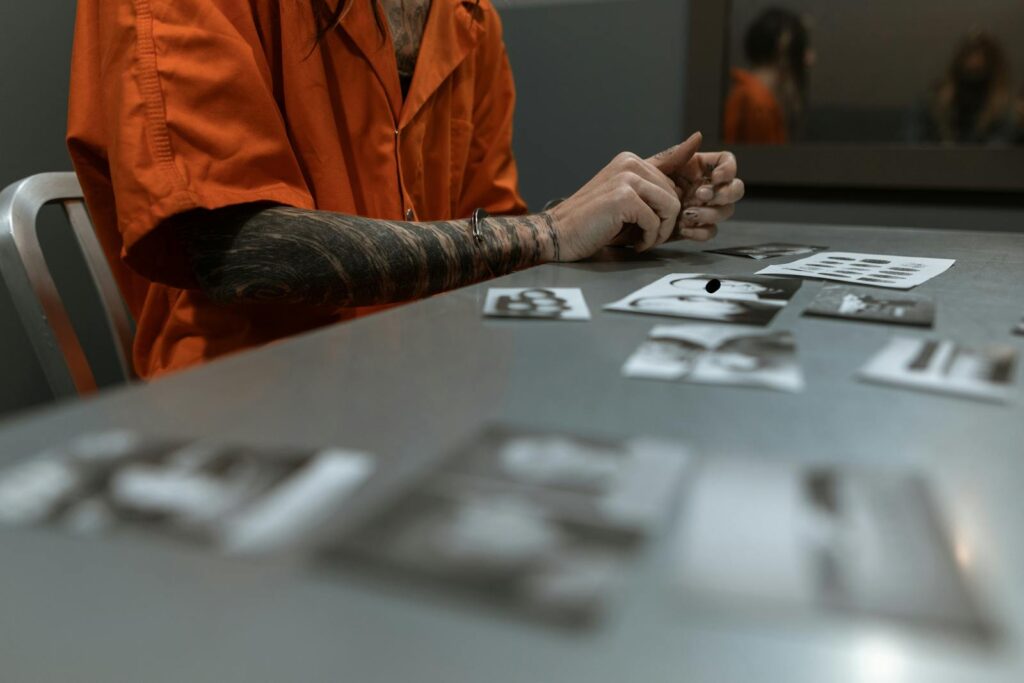
4. **The Accused: Identifications and Initial Charges.**In the wake of viral footage and public outcry, law enforcement quickly identified and apprehended individuals involved. The Hamilton County Prosecutor’s Office confirmed six individuals were indicted by a grand jury and face additional charges: Patrick Rosemond, 38; Jermaine Matthews, 39; Montianez Merriweather, 34; DeKyra Vernon, 24; Dominique Kittle, 37; and Aisha Devaughn, 25.
Each accused faces multiple serious charges, including three counts of alleged felonious assault, three charges of assault, and two charges of aggravated rioting. Prosecutor Connie Pillich stated, “What I saw on video is not the Cincinnati I know and love. These charges hold those involved in the attack accountable.” Chief Teresa Theetge made it clear that anyone who “put their hands on another individual during this incident in an attempt to cause harm will face consequences,” adding, “I don’t care which side of the incident or the fight they were on.
Specific accusations highlight alleged involvement severity. Police stated Montianez Merriweather and Jermaine Matthews allegedly coordinated an attack, with Merriweather reportedly whispering something to Matthews before striking a man from behind. Dekyra Vernon is accused of striking a woman before another person also struck that woman, causing unconsciousness. Dominique Kittle, the fourth suspect arrested, also faces felonious assault and aggravated riot charges. If convicted, suspects face up to 29.5 years in prison.
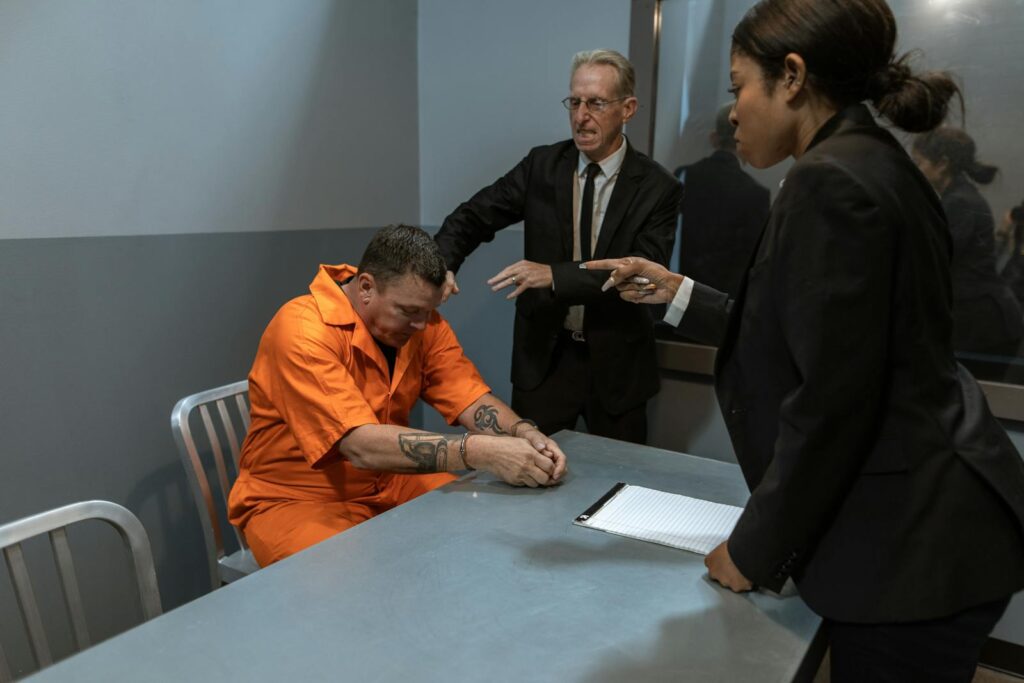
5. **First Day in Court: Suspects Appear and Charges Detailed.**The legal process commenced for three accused individuals on Wednesday morning: Montianez Merriweather, 34; Dekyra Vernon, 24; and Jermaine Matthews, 39. Merriweather and Vernon had been arrested Tuesday, while Matthews turned himself in. All three faced multiple serious charges, including aggravated rioting and assault or felonious assault, reflecting the severity of allegations in connection with the downtown brawl.
During proceedings, the prosecution alleged Merriweather and Matthews instigated the fight. Detective Barnabas Blank, testifying, stated surveillance footage showed Merriweather walking to a co-defendant, whispering, then arguing and striking a person from behind. Blank characterized Merriweather’s actions as an “ambush” and “the catalyst that set almost everything else into motion from that point on.
However, the defense presented counter-arguments. Brandon Fox, Matthews’ attorney, asserted Matthews was breaking up a separate fight when a man unknown to him asked for marijuana. According to Fox, upon Matthews’ return, the same man was kicking his vehicle, then slapped Matthews in the face. Fox argued this individual “threw the first punch.” Blank later conceded Matthews was hit before his alleged involvement escalated, acknowledging, “The victim mugs the defendant? Yes, he absolutely does, 100% and we are looking into that.”
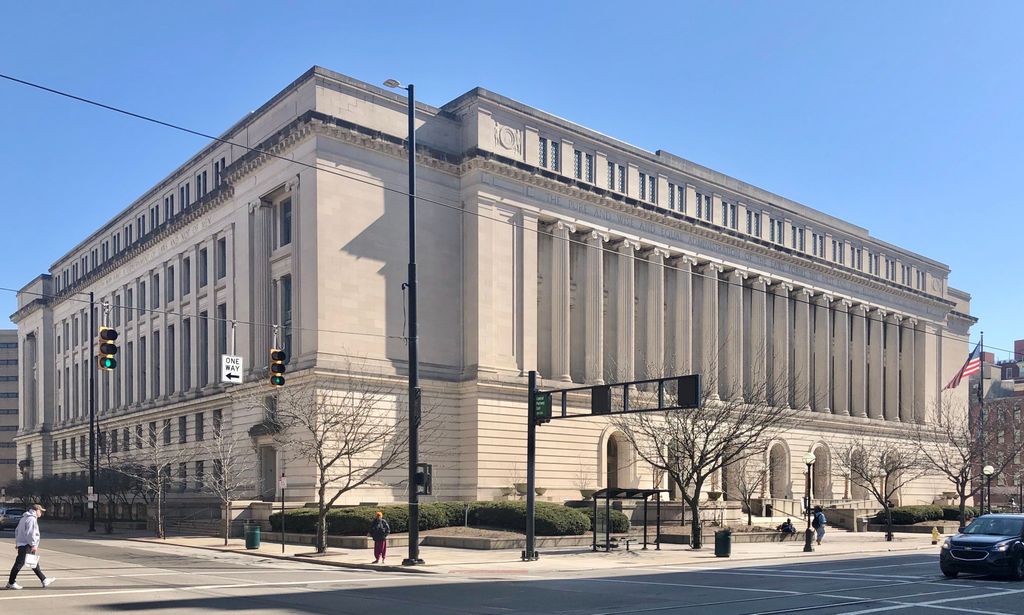
6. **Judicial Response: Bond Hearings and Calls for Order.**During initial court appearances, significant decisions were made regarding pre-trial detention, reflecting the charges’ gravity and volatile public sentiment. Hamilton County Municipal Court Judge Tyrone Yates ordered Merriweather held on a $500,000 bond. Matthews received a $100,000 bond, noting it could change due to an additional charge. Vernon, described as least connected to the fight but who interjected herself, received a $150,000 bond.
The heightened tension around the proceedings was palpable, prompting judicial intervention to maintain order. Judge Yates, recognizing the potentially explosive situation, requested additional security. He explicitly instructed, “Can we send a couple of deputies to the outside to make sure that while I conduct this hearing, everyone understands that everyone is to be cool, to keep their cool.” This directive underscored the sensitive nature of the case, which had already ignited racial tensions and drawn intense public and political scrutiny.
The court’s bond decisions, particularly Merriweather’s high amount, signal the prosecutor’s and judge’s assessment of alleged offenses’ seriousness and concerns about flight risk or public safety. The ongoing legal process promises further developments as investigators gather information and parties present cases, while the city grapples with the broader implications of this divisive incident.
The initial shock and immediate legal responses to the downtown Cincinnati brawl have set the stage for a much broader and more complex narrative. As the legal proceedings unfold, the incident has peeled back layers of societal dynamics, revealing the intricate interplay of race, community safety, political accountability, and the very interpretation of justice. This deeper examination moves beyond the viral videos to explore the evolving counter-narratives, the scrutiny faced by city leaders and law enforcement, and the palpable unease that now permeates the community.

7. **The Evolving Narrative: Early Allegations of Racial Provocation.**From the outset, the widely shared videos of the Cincinnati brawl ignited public outrage, yet the full context of the events was not immediately apparent. Early reports, driven by the graphic nature of the assaults, primarily focused on the victims’ injuries and the sheer brutality witnessed. However, as more footage and witness accounts emerged, a crucial, often contentious, dimension came to light: allegations of racial provocation preceding the violence.
Witness Jay Black, observing the initial scuffle, recounted seeing “the so-called victims being pretty aggressive toward the group of people that were already standing out there.” He specifically noted one man “using racial slurs” even after being knocked down and getting back up. This account was corroborated by body camera footage from a Cincinnati Police Department officer, where a man stated, “I heard it was the one white guy who called the guy a n—–” when asked about the fight’s origins. Such details began to shift the public perception, introducing a layer of complexity to the initial black-and-white portrayal of victim and aggressor.
Further challenging the simplified narrative, attorney Brandon Fox, representing Jermaine Matthews, asserted that the brawl was not a monolithic “Black, racist mob attacking people.” Instead, he characterized the events as “separate fights that were triggered by racial slurs that ultimately poured gasoline on the fire.” This perspective was bolstered by claims from the family of Montianez Merriweather, another accused individual, who stated he was spat on and subjected to racial slurs before the altercation escalated. These early, often overlooked, allegations of racial incitement painted a more nuanced picture of the events leading to the downtown violence, highlighting that the incident was far from a straightforward unprovoked assault.
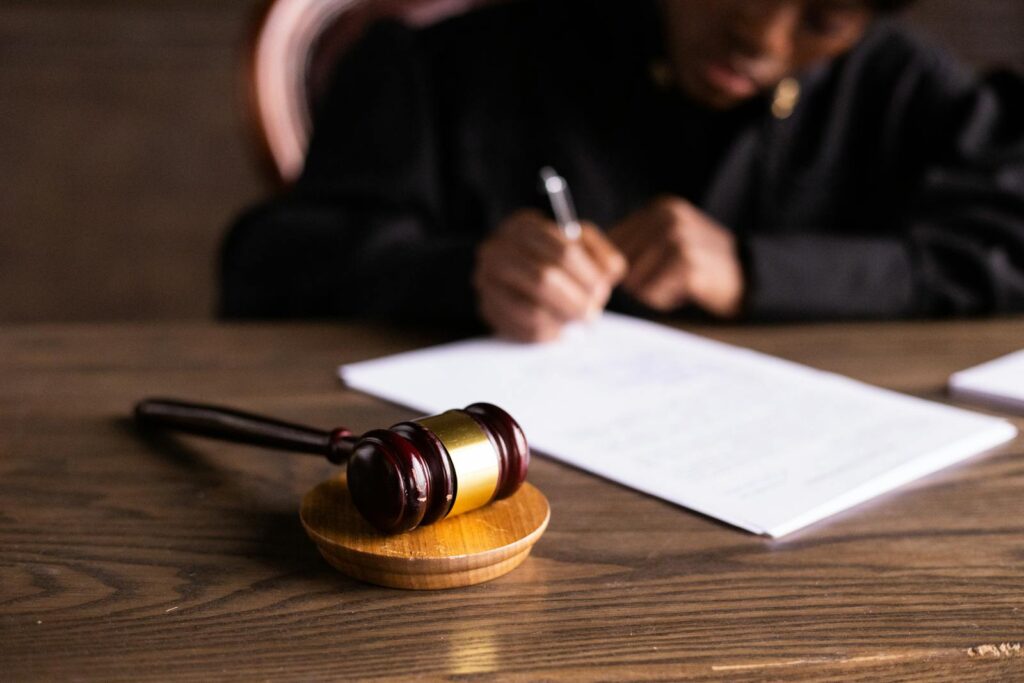
8. **Challenging the Narrative: Defense Arguments and Alternative Accounts.**As the legal process commenced, the defense presented vigorous counter-arguments, aiming to reshape the public’s understanding of the incident and the roles of the accused. Brandon Fox, attorney for Jermaine Matthews, directly challenged the prosecution’s narrative, asserting that his client was not an instigator but rather attempted to de-escalate a separate fight. Fox claimed that upon Matthews’ return to his vehicle, a man who had previously asked him for marijuana was kicking it.
According to Fox, this individual “threw the first punch” by slapping Matthews in the face when confronted. Detective Barnabas Blank, testifying for the prosecution, conceded this point, acknowledging, “The victim mugs the defendant? Yes, he absolutely does, 100% and we are looking into that.” This admission during court proceedings significantly complicated the “victim” designation, suggesting a more active role by some who were initially portrayed as passive targets of assault.
The defense’s efforts extended to reframing the overall nature of the brawl. Fox adamantly stated it was “not a Black, racist mob attacking people,” but rather a series of “separate fights that were triggered by racial slurs.” Pastor Damon Lynch further amplified this alternative account, claiming that footage showed a white man reengaging with a Black man and slapping him after cooler heads initially appeared to prevail. Lynch alleged that this provocation was then “met with disproportionate force.” These collective defense arguments aimed to introduce a critical examination of the preliminary narratives, urging a consideration of all contributing factors and the actions of all individuals involved, regardless of their initial classification as victim or perpetrator.
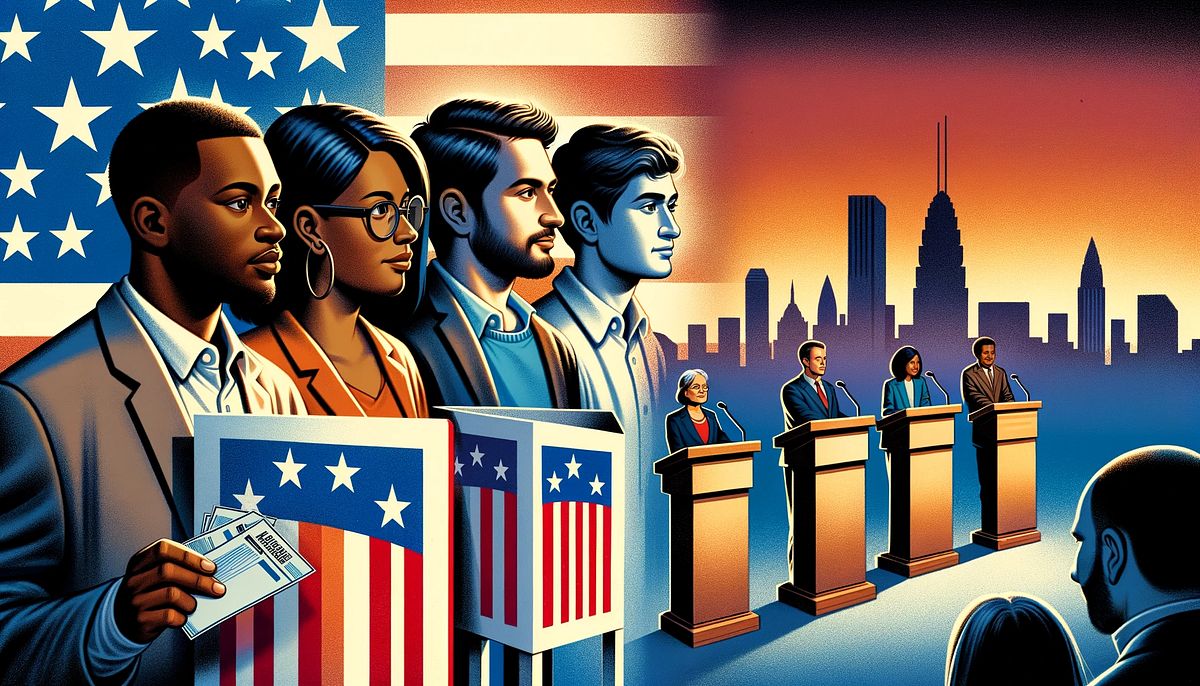
9. **Political Fallout: Mayoral Scrutiny and Calls for Accountability.**The viral nature of the Cincinnati brawl swiftly elevated it from a local crime incident to a subject of national political discourse, placing Mayor Aftab Pureval and his administration under intense scrutiny. While Mayor Pureval initially condemned the “awful incident” and vowed to pursue accountability, his handling of the city’s law enforcement and public safety policies came under immediate fire. He stated, “Let me be clear, there is no place for violent crime in Cincinnati,” and pledged to hold those responsible accountable.
However, mayoral challenger Cory Bowman, also the half-brother of Vice President JD Vance, vociferously criticized city leadership, contending that “the police are not supported the way they need to.” Bowman specifically pointed to “relaxed bail policies allowing violent offenders back on the streets” and a “catch-and-release system” by prosecutors and judges. This critique suggested that underlying policy decisions by the city administration contributed to an environment where such violent incidents could occur or recur, regardless of the immediate police response.
The political pressure intensified as other city leaders and national figures weighed in. Council Member Anna Albi condemned the “awful violence” and committed to supporting and growing the police force while investing in social services. More pointedly, Vice Mayor Jan Michele Lemon Kearney, speaking at a meeting of Black community leaders, explicitly demanded that all individuals involved in the incident be charged, not just the Black individuals. She asserted that “The actions of the white people involved appear to be the proximate cause of the violence, and they should be charged,” underscoring a deep division within city leadership on how to interpret and respond to the complex racial dynamics of the brawl.
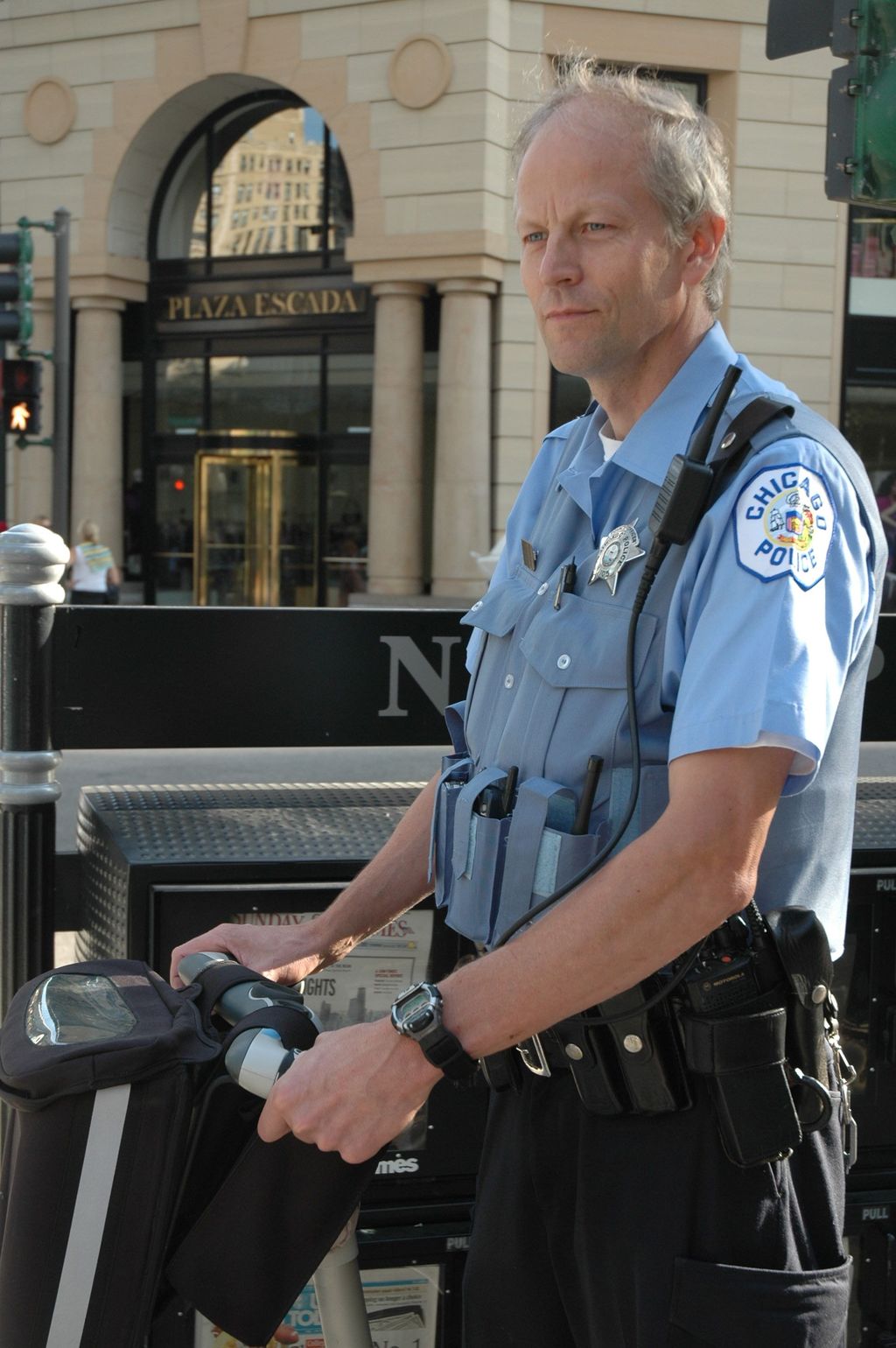
10. **Police Leadership Under Fire: Defense of Response and Call for Public Cooperation.**Cincinnati Police Chief Teresa Theetge found herself defending the department’s response amidst a flurry of public criticism, particularly concerning the perceived lack of immediate police presence during the downtown brawl. Initial reports highlighted that only 11 officers were stationed downtown the night of the incident, fueling questions about adequate staffing. The Chief, however, presented a detailed timeline, noting that the lone 911 call was received at 3:06 a.m., and officers arrived just six minutes later at 3:12 a.m., despite “horrendous” gridlock traffic from major events.
Chief Theetge passionately expressed her dismay over the public’s failure to report the unfolding violence. She revealed that out of approximately 100 individuals present at the scene, only one person called 911. “That is unacceptable to not call the police,” she stated, adding, “Traffic was horrendous. People saw this. They were fighting in front of traffic. Why didn’t people call us?” This call for greater public cooperation in reporting crime underscored a perceived disconnect between community responsibility and emergency response.
Furthermore, Chief Theetge took aim at the spread of incomplete narratives, particularly on social media. She emphasized that videos “do not depict the entire incident” and “do not provide the full story,” urging the public to await the complete findings of the investigation. While acknowledging alcohol likely played a part, she remained resolute in the department’s commitment to accountability, unequivocally stating, “Anyone who put their hands on another individual during this incident in an attempt to cause harm will face consequences. I don’t care which side of the incident or the fight they were on.”
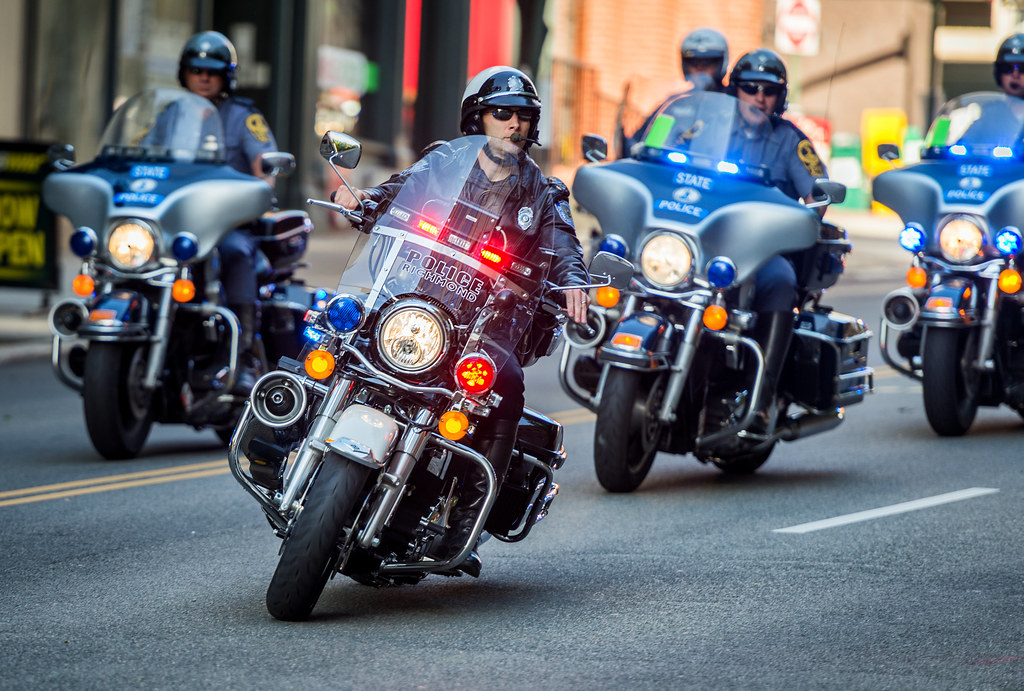
11. **The Police Union’s Stance: Defending Law Enforcement Discretion.**Amidst the escalating political and community pressure to charge all individuals involved, regardless of their initial designation as victims, the Fraternal Order of Police (FOP) in Cincinnati stepped forward to defend the professional judgment of law enforcement and prosecutors. The FOP president, Ken Kober, issued a pointed statement criticizing elected officials for “playing politics and attempting to override the professional judgment of law enforcement or prosecutors,” labeling it a “very dangerous precedent that undermines the rule of law.”
This strong stance from the police union underscored a fundamental disagreement regarding the application of justice in such a highly charged environment. The union specifically indicated that arrests of the Caucasian individuals involved, who have been identified as “victims” by police and prosecutors, might not occur because it has been deemed “extremely difficult to establish probable cause against a victim.” This position directly countered calls from certain community leaders, like Vice Mayor Jan Michele Lemon Kearney, who demanded charges against the white individuals, stating their actions “appear to be the proximate cause of the violence.”
The FOP’s argument highlighted the complexity of determining probable cause in chaotic incidents, especially when initial actions might be viewed as self-defense or as direct responses to provocation. Carl Lewis, the attorney for Wright, one of the arrested individuals, echoed this sentiment, arguing, “If in fact you start out with the narrative that they’re ‘victims’ just based upon what you’ve seen in a video, that’s a problem.” The union’s intervention served to protect the autonomy of investigative and prosecutorial decisions against what they perceived as political interference, emphasizing adherence to legal standards rather than public demand.
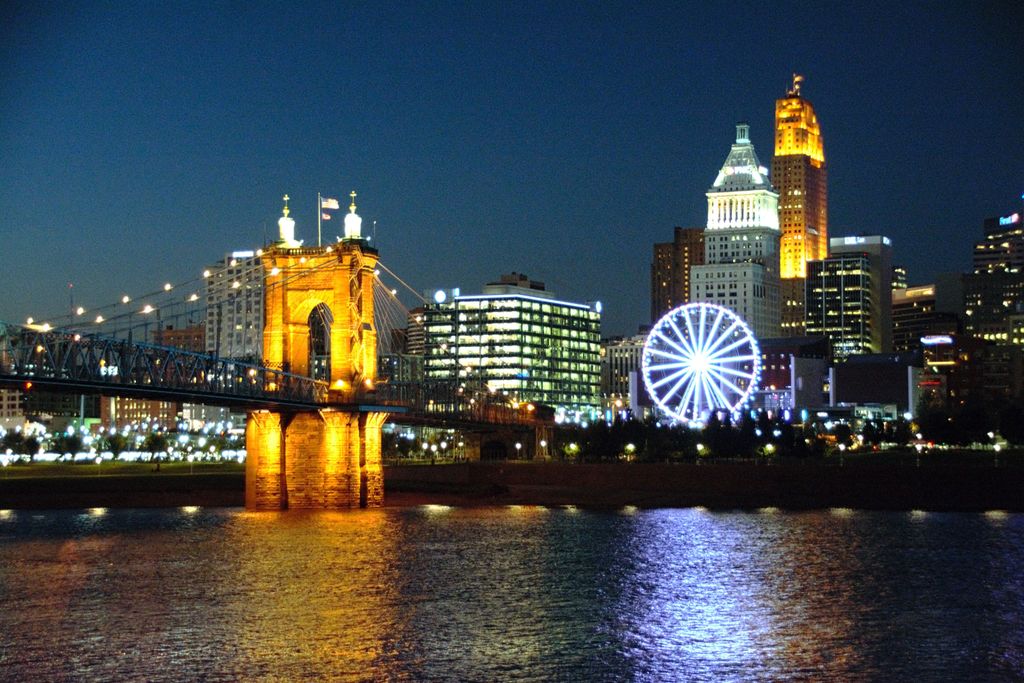
12. **Community Unease: Safety Concerns and Broader Justice.**The Cincinnati brawl has left a lingering sense of unease within the community, extending beyond the immediate legal ramifications to broader concerns about public safety and the equitable application of justice. Residents expressed being “on edge,” with questions arising about what “is gonna happen next” in their downtown area. The incident, and the subsequent racial tensions, created a “powder keg” situation, as described by attorney Carl Lewis, highlighting the fragile social fabric under pressure.
The debate over justice has become particularly acute, fueled by the fact that all seven arrested individuals are African-American, while none of the six Caucasian individuals, labeled as “victims” by police, have been charged. This disparity prompted strong condemnations from Black community leaders. Vice Mayor Jan Michele Lemon Kearney emphasized, “We should push for justice and not turn against each other,” while City Councilman Scotty Johnson expressed frustration, stating, “We as a city, we as a city have blown this one. It’s time to make these charges” against all involved.
Mayor Aftab Pureval publicly acknowledged the “racial dynamics” at play, a crucial recognition of the underlying tensions that the brawl brought to the surface. The police chief’s lament about the public’s failure to call 911 also speaks to a breakdown in community engagement and trust. As the city grapples with the fallout, the incident has become a stark reminder that true healing and lasting safety require not only legal accountability but also a candid and comprehensive reckoning with historical injustices and ongoing racial disparities, ensuring that justice is perceived as fair and accessible to all.
The Cincinnati brawl, initially a shocking spectacle on social media, has evolved into a profound case study in urban conflict, revealing the multifaceted challenges facing American cities today. It is a story not just of violence, but of competing narratives, deeply ingrained racial tensions, and the arduous path toward accountability and community healing. As the legal battles continue, the broader questions of public safety, police discretion, and equitable justice will undoubtedly remain at the forefront of Cincinnati’s public discourse, urging a comprehensive approach to address the underlying currents that shape its collective experience.


:max_bytes(150000):strip_icc():focal(749x0:751x2)/martha-stewart-amazon-trousers-032824-379d8f3e0e1c4c37a404fda730ba79cb.jpg)
